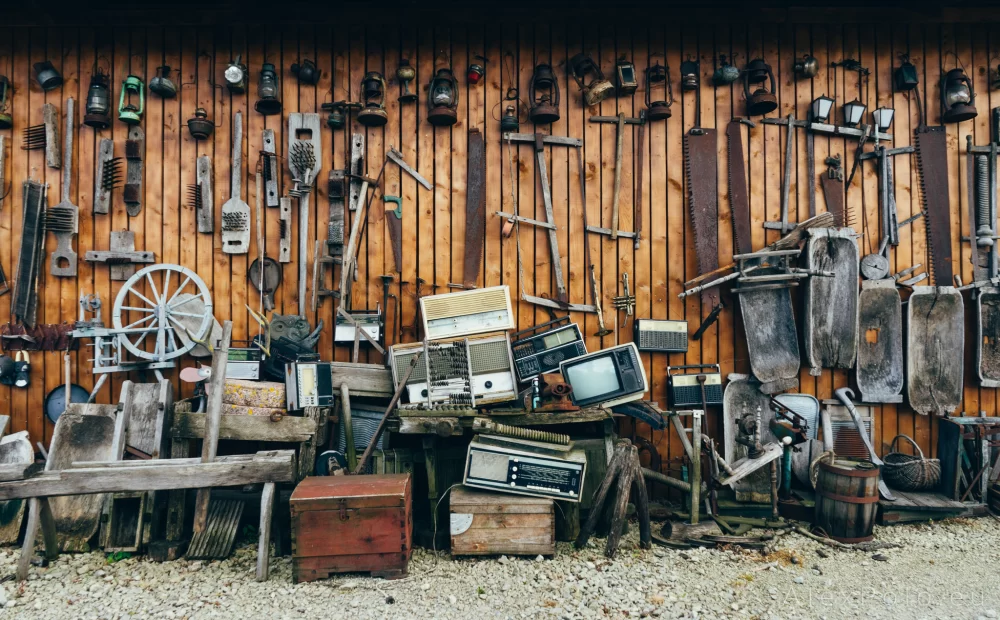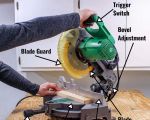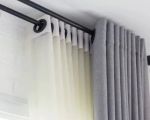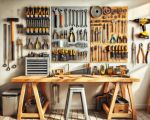The Best Pliers for Small Household Repairs: A Guide to Choosing the Right Tool
As someone who enjoys tackling small DIY projects around the house, I can tell you that having the right tools can make a world of difference. Among the many tools in my toolbox, pliers are by far one of the most essential. Whether it's fixing a leaky faucet, adjusting a loose screw, or working with electrical wires, having a quality pair of pliers can make a job go from frustrating to straightforward. In this guide, I’m going to walk you through how to choose the best pliers for small household repairs, drawing from my personal experience and some key insights that will help you make an informed decision.
1. Why Pliers are Essential for Household Repairs
If you're like me, you've probably found yourself in the middle of a home improvement project, only to realize that a simple task requires a bit of fine-tuning. Pliers are a versatile tool, capable of gripping, bending, twisting, and cutting various materials like wires, nails, and pipes. When performing household repairs, the precision and grip provided by the right pliers can significantly impact the quality of your work and save you time. But with so many different types of pliers available, how do you know which one is the best for your needs?
In my own experience, a set of well-chosen pliers has helped me with everything from tightening bolts to crimping electrical connectors. I’ve learned that using the correct type of pliers for a specific job can prevent damage to materials and help achieve better results. Let’s dive into the types of pliers and how to choose the right one for your next project.
2. Different Types of Pliers and Their Uses
There are several types of pliers, each designed for specific tasks. Understanding the differences between them is crucial for selecting the right tool for your project. Here are some of the most common types of pliers used for household repairs:
- Needle-Nose Pliers – These pliers have long, thin jaws that are perfect for precision work, such as bending wire or reaching into tight spaces. They are especially useful when you need to handle small objects like beads, nails, or electrical connectors.
- Combination Pliers – Also known as standard pliers, combination pliers are versatile tools with a flat, wide jaw for gripping and cutting. These are great for general household tasks like tightening screws, pulling nails, or cutting wire.
- Diagonal Cutters – These pliers have angled blades that allow you to cut through wire or small nails with ease. They’re ideal for cutting through electrical wiring or trimming other materials.
- Locking Pliers – These pliers feature a locking mechanism that allows them to hold onto an object without requiring constant pressure. They’re useful for gripping, clamping, or loosening tight objects.
- Channel-Lock Pliers – With adjustable jaws, channel-lock pliers are perfect for plumbing or heavy-duty tasks. They allow you to grip a range of materials, from pipes to bolts, making them a go-to for larger repairs.
When I first started doing small repairs, I didn’t realize how important it was to have the right type of pliers for each job. For example, I once tried to cut a thick wire with regular pliers, which led to a bent tool and a longer repair time. After switching to diagonal cutters, I found the task much easier and more efficient. Understanding the different types of pliers and their uses is the key to ensuring a job well done.
3. Key Factors to Consider When Choosing Pliers
Now that we’ve covered the types of pliers, it’s time to talk about how to choose the best one for your specific needs. Here are some important factors to consider when selecting pliers for small household repairs:
- Grip and Comfort – Pliers are often used for extended periods, so comfort is a key factor. Look for pliers with ergonomically designed handles that provide a secure, comfortable grip. This will make your repairs more enjoyable and less tiring.
- Material Quality – Pliers made from high-quality materials, such as carbon steel or stainless steel, are more durable and resistant to rust. This is especially important for tools that will be exposed to moisture or harsh conditions.
- Jaw Strength and Size – Depending on the type of repair, you’ll want pliers with jaws that are appropriately sized and strong enough for the task. For example, larger pliers with adjustable jaws are great for plumbing work, while smaller pliers are better for delicate tasks like jewelry repairs.
- Ease of Use – Pliers with spring-loaded action or a locking mechanism make it easier to perform repetitive tasks without tiring your hands. If you’ll be using pliers frequently for repairs, these features can be a real time-saver.
Personally, I’ve found that pliers with comfortable, non-slip grips are a game-changer for me. During one repair project, I was working with a lot of screws and nails, and having a pair of ergonomic pliers allowed me to work efficiently without straining my hands. It made all the difference in ensuring I could complete the task with ease.
4. Brand Reputation and Reviews
While it’s tempting to grab the first set of pliers you see on the shelf, I recommend doing a bit of research before making a purchase. Brand reputation and customer reviews are excellent indicators of quality and performance. In my experience, investing in a reputable brand pays off in the long run. Established brands such as Knipex, Stanley, and Irwin are known for producing durable and reliable tools that can withstand regular use.
Before buying, I suggest reading customer reviews to get a sense of how well the pliers perform in real-world situations. Look for reviews from people who have used the pliers for similar tasks. This will give you insight into the tool’s durability, comfort, and effectiveness.
5. Price vs. Quality
When selecting pliers, it’s important to balance price with quality. While cheaper options might seem appealing, they often lack the durability and comfort you need for long-term use. That said, you don’t necessarily have to go for the most expensive option either. There are many high-quality pliers at mid-range prices that provide excellent performance without breaking the bank.
From personal experience, I’ve learned that it’s worth spending a little extra on pliers that will last. I’ve bought cheaper pairs in the past that wore out quickly, forcing me to replace them sooner than expected. In the end, investing in quality pliers has saved me money and frustration over time.
6. Conclusion: Finding the Right Pliers for You
Choosing the best pliers for small household repairs doesn’t have to be complicated. By understanding the types of pliers, considering your specific needs, and taking into account factors like comfort, material quality, and brand reputation, you can find the perfect tool for any job. Remember, having the right pair of pliers not only makes the job easier but also helps you achieve better results. Whether you’re fixing a leaky faucet, assembling furniture, or working on electrical repairs, having the right tools will make all the difference in your DIY success.
Ready to tackle your next project? Check out the wide selection of high-quality pliers available at our website【ToolNest】to get the right tools for your next small household repair!









